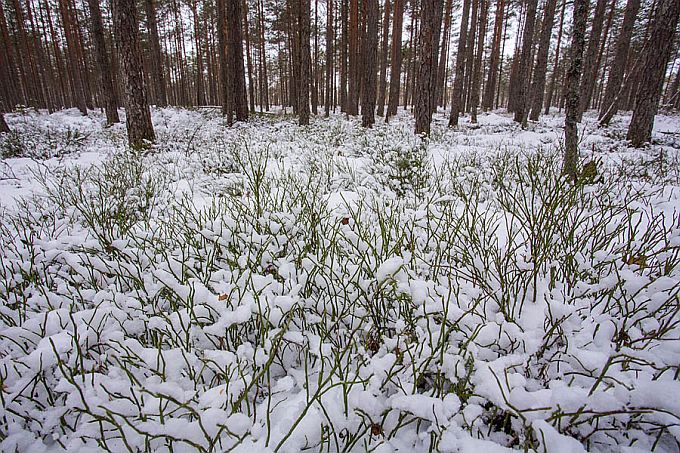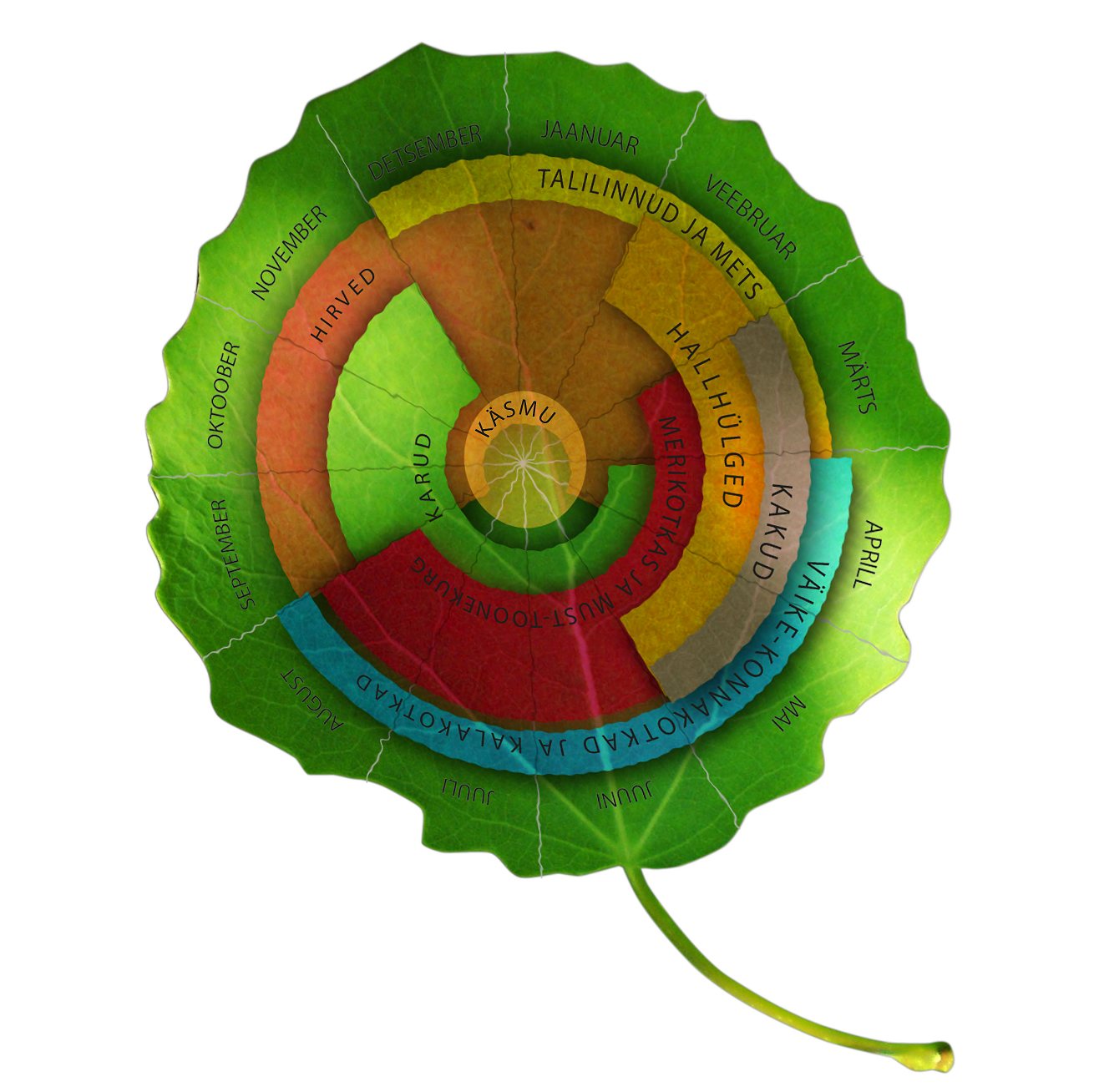University of Tartu, Conservation Biology Working Group
Photo Arne Ader
English translation Liis
Estonian text posted 28.02.2019
Bilberries ( www.loodusemees.ee )
A survey of the experiences of Estonian bilberry pickers shows that most of the respondents have lost picking places in the clear-fellings of recent years. More skilful planning of fellings would help to reduce the social and cultural damage.
The survey, based on interviewing experienced bilberry pickers, showed the long-term personal and cultural ties with picking sites. In the last ten years however more than two-thirds of those who replied have had to abandon some of their picking sites – mostly due to clear-felling. Finding new harvesting sites is time-consuming and difficult for people with reduced mobility, and few had noted establishment of new high-yielding bilberry picking sites. The results of the study show that for maintaining a viable berry picking culture for instance mapping bilberry harvesting sites that are not yet known to pickers by the felling enterprises would be helpful .
„As an interesting fact it turned out that bilberry pickers preferred state forests to conservation areas where there are almost no fellings in berry harvesting sites,” Liina Remm, researcher at the
The nature conservation biologists of the
The present study has expanded the knowledge of the biology of bilberries on the behaviour of berry pickers and their preferences regarding forest properties. The study was published in the journal Baltic Forestry.
Additional information:
Liina Remm, researcherr
liina.remm@ut.ee
5343 1021
The main objective of the TÜ Conservation Biology working group is to clarify and predict the state of biodiversity and the functioning of different ecosystems in modern human governed conditions and to develop a knowledge-based protection and sustainable management of ecosystems in Estonia as well as in a broader perspective.



